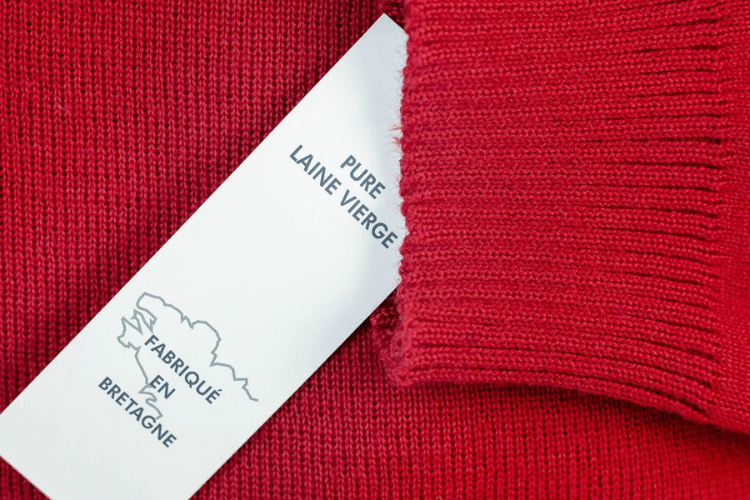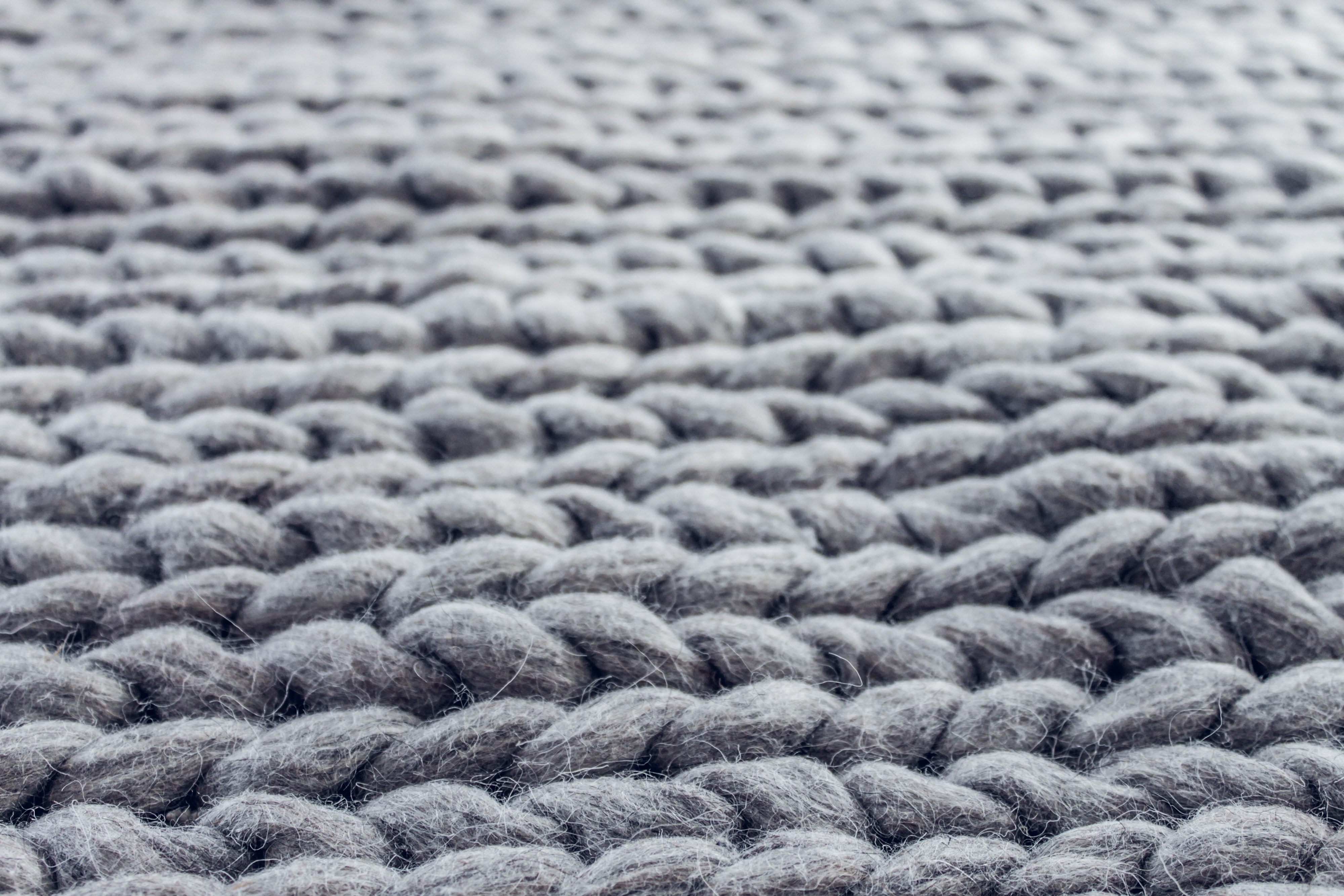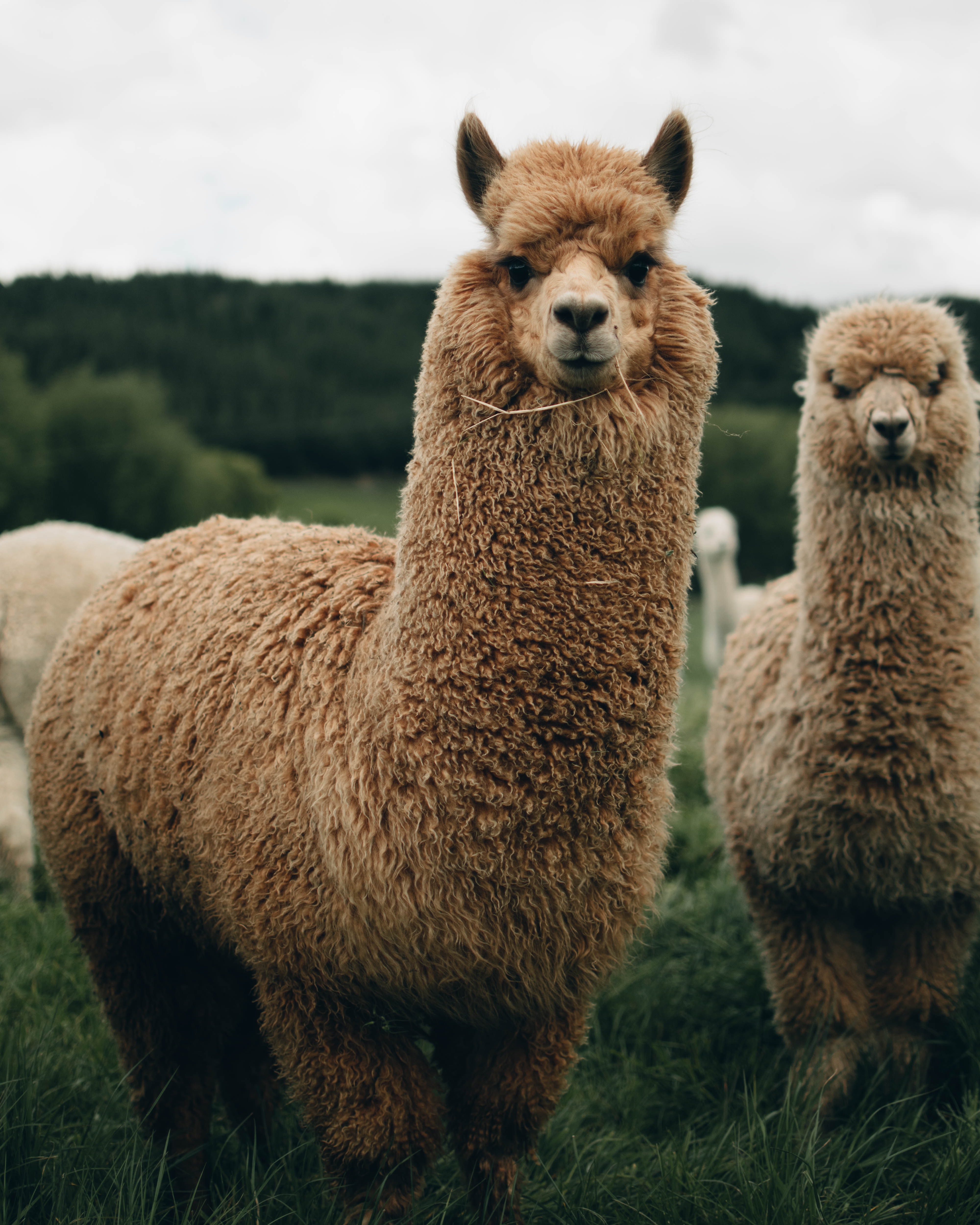Virgin wool:
There are two definitions to describe what virgin wool is:
-Virgin wool is a fiber coming directly from the first shearing of a lamb. The first down that the animal leaves us to collect is fine and soft, which is what makes virgin wool famous.
-This is wool fiber that has not undergone any treatment.
We therefore understand that the term virgin wool or pure virgin wool is quite vague and includes several definitions.
Virgin wool can therefore come from a lamb or an adult sheep, however it will not be used in the same way.
Virgin wool is the best natural fiber for clothing because of its softness and warmth. It also has a number of other benefits that make it a great choice, including being sustainable and environmentally friendly.
It is also possible to blend the wool so that it is more comfortable to wear and easier to clean.

Merino wool:
Merino wool comes from a breed of sheep: Arles Merino sheep.
It is one of the finest and most expensive types of wool.
These are sheep with a very abundant fleece from which we obtain a fine, soft and warm material.
The fibers are also called "cashmere-like" because they are soft and lightweight.
Merino wool is much finer than that of a traditional sheep, which allows the 100% merino wool product to be more flexible and much softer than with a classic fiber.
Its price is higher because it is a fiber that has been used for centuries and is recognized today for offering features unmatched by other textiles.
It is also a material with thermoregulatory and antibacterial properties, which makes it perfectly suited to outdoor sports such as hiking, running and climbing.
Cashmere wool
Cashmere is the softest and most luxurious wool you can find. It is made from a type of goat wool, found mainly in Mongolia and China. Cashmere fibers are finer than regular wool, making it softer and more delicate.
Mohair wool
Mohair is a type of wool that is grown from the Angora goat. Mohair is commonly used to make clothing because it is wrinkle-resistant and does not ignite easily. It is therefore often used to make costumes for theater productions and films.
Alpaca wool
Alpaca wool is a natural fibre that comes from the alpaca, which is an animal in the camelid family. Alpacas are domesticated animals, so they are not wild animals like sheep or goats. Alpacas are usually raised in herds and live in the Andes Mountains of South America. They have been bred to be very fluffy, which makes them ideal for their wool coats that they wear all year round to keep warm as it is too cold in the mountains for them to go without their coats!
Alpacas produce two types of wool: coarse and fine. Coarse wool is used as carpet material while fine wool is made into sweaters, scarves, hats, gloves, socks and other items.
Angora wool
Angora is a type of wool that comes from the Angora rabbit.
Angora rabbits are bred to produce the soft, fluffy fur found on their bellies and around their ears. The wool grows in tufts, which can be cut for use in clothing and other items.
It has been used for centuries and was once a popular choice among European royalty. In the 18th century, Marie Antoinette wore an entire outfit made of angora wool.
Why Baie des Caps uses exclusively merino wool and virgin wool
The strength of wool fiber depends on the type of sheep and the type of wool. For example, merino wool is considered one of the strongest.
We have chosen to use virgin wool and merino wool because they are the most resistant fibres and the only ones that allow us to make a durable, authentic and quality sailor's sweater.
The notion of “resistance” is very important because our knit needs to be tight and worked in a specific way which is not possible with cashmere wool or mohair for example.
We could have used other types of wool for our city sweaters, however we wish to maintain our qualitative approach by offering you sweaters woven and knitted according to our know-how and this implies using these two types of wool.
The virtues of wool:
We manufacture most of our products in 50% and 100% wool in order to preserve all the virtues that this fiber offers.
Wool has many benefits that most people don't realize:
- It is a breathable natural fiber
- It is anti-odor
- It is a natural material that breathes and retains its thermal properties regardless of the conditions
- It provides protection from UV rays
- It is a flame retardant and elastic fiber
-Your wool sweater will never be wrinkled
Wool is a natural fiber prized for its warmth.
It is very resistant and naturally elastic which means that it can adapt to all body shapes but can also simply return to its original shape.
It is an antistatic fiber that allows the skin to breathe and absorbs perspiration while preventing the proliferation of bacteria.
In addition, woolen clothes retain their suppleness and color for several years.

Why does wool itch?
Wool is a fiber that can be soft and warm, but in the collective imagination it is a material that itches and irritates the skin. But then why and how?
This will obviously depend on the quality of the fiber, but it is also and above all a question of size.
If the wool fiber exceeds a diameter of 25 to 30 microns (a unit of measurement of length equal to one millionth of a meter) then it can scratch your skin.
Indeed, the thicker and more rigid the fiber, the less it will bend when in contact with the skin and it will therefore become irritating.
The size of the fibers will depend on the breed and the environment the sheep are in, knowing that the colder the temperatures, the thicker the fibers.
Sensitivity can vary from person to person and some will not tolerate it while others cannot live without it.
Why does wool pill?
Pilling is a common problem with wool sweaters and other knits. The fabric is made up of tiny loops, and over time these loops can break and unravel, causing the fabric to pill.
The more you wear your wool garment, the more likely it is to pill. Pilling of wool fibers occurs when the surface of the fabric becomes fuzzy and begins to resemble a cotton ball.
It will depend on how the fiber was knitted and the quality of your sweater.
If a new sweater pills, don't worry, the excess fiber falls off after the different stages of knitting. This stabilizes after washing, it is a guarantee of quality.
Your favorite sweater may start to pill on certain parts (shoulder if you carry a bag or under the arms). This is due to the friction of the fibers and it is completely harmless!
This is what is called "normal" wear and tear, so you must be careful not to repeat this rubbing too often if you want to preserve all of the wool fibers.
However, if your sweater is of good quality with a correctly worked knit it will not pill so easily!

How to prevent wool from pilling?
The easiest way is to use a lint roller or sticky tape. You can also try using a pumice stone, but be careful not to damage your sweater while doing so.
There are two other ways to remove pilling from your wool sweater: by hand or with a sweater shaver.
If you want to remove pilling by hand, you will need a lint brush, sewing scissors, and a bowl of soapy water.
First, wet the sweater, then gently brush it with the lint brush to remove any stuck-together lint.
Next, use your fingers to remove any remaining lint from the surface of the fabric.
Finally, use scissors to cut any loose threads around the edge of your garment before rinsing it in cold water or soaking it in soapy water for 10 minutes.














